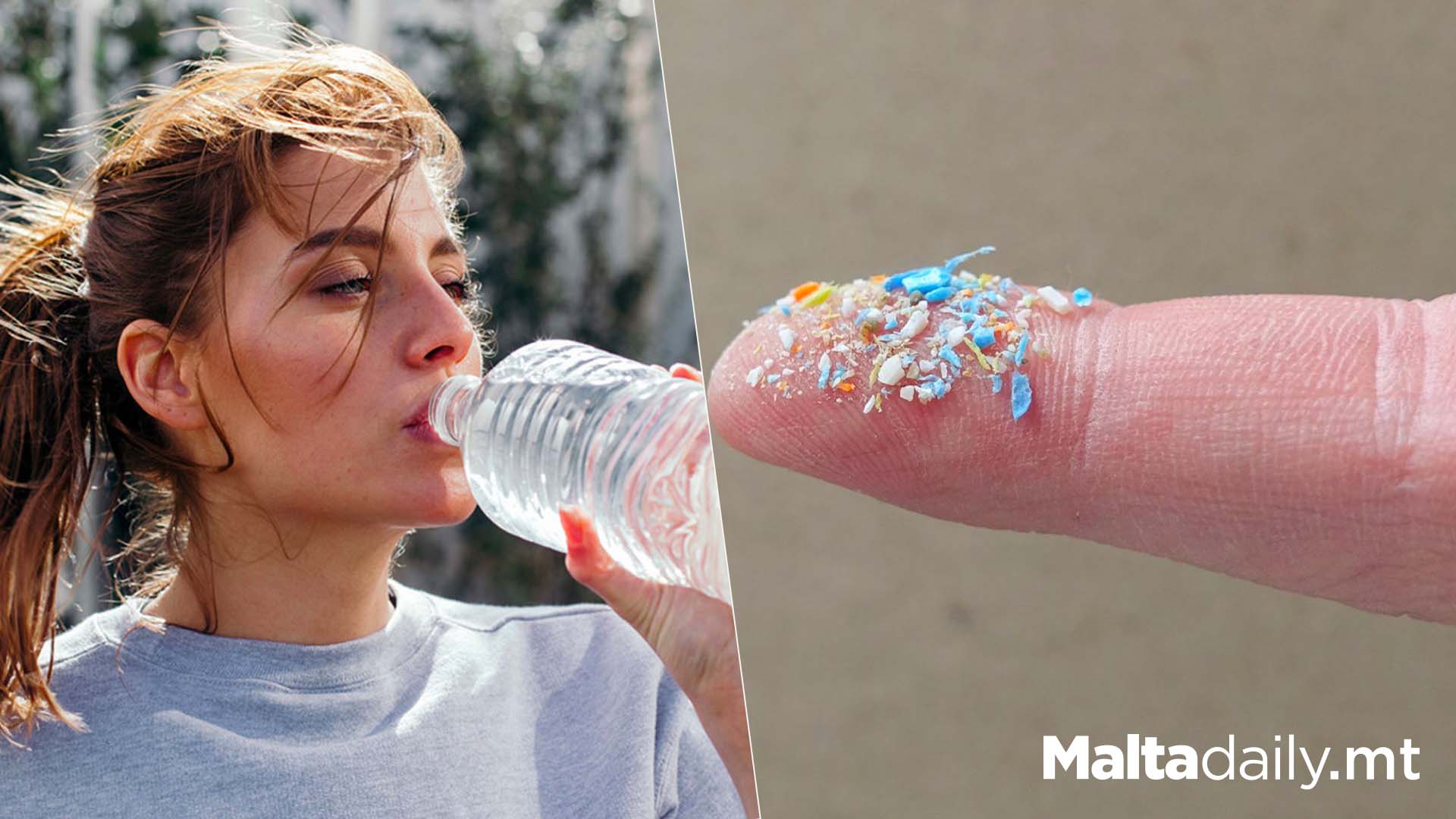People Consuming Thousands Of Micro Plastics With Bottled Water

A recent study reveals that individuals ingest hundreds of thousands of microscopic plastic particles when consuming a litre of bottled water, raising concerns about potential health implications.
The study, published in the Proceedings of the National Academy of Sciences, identifies around 240,000 particles, mainly “nanoplastics” measuring less than one micrometer, in the average bottled water litre.While scientists have previously found microplastics almost everywhere, this study from Columbia University emphasises the prevalence and potential danger of nanoplastics, particles even smaller than microplastics.
The study employed a groundbreaking method involving lasers and machine learning to identify seven types of plastic molecules in bottled water.
Nanoplastics, smaller than microplastics, are considered more dangerous to human health, with concerns about their ability to enter the bloodstream, liver, and brain.
Although researchers haven’t determined the extent of nanoplastic-related health risks, there is an urgent need for further investigation.
Plastic particles in water, particularly from bottled water, pose a potential threat, and the study underscores the significance of these invisible plastics. The International Bottled Water Association maintains there is no scientific consensus on the health impacts of nano- and microplastics, urging against unnecessary consumer alarm.
However, the study prompts reflection on the broader implications of microscopic plastics in the environment, emphasising the importance of further research and public awareness.
#MaltaDaily


